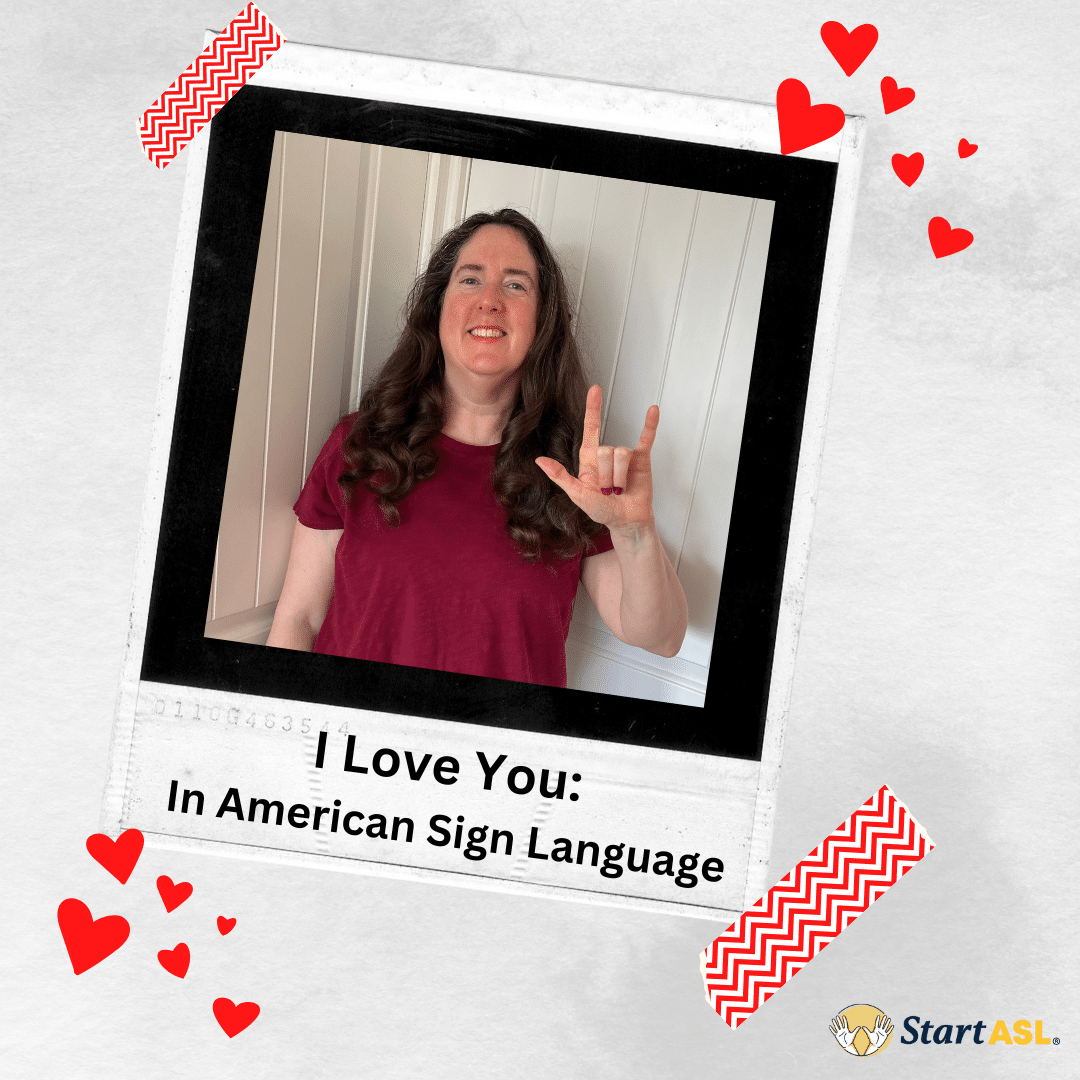
How Do Cochlear Implant Users Deal with Noisy Environment and Keep Them On When Riding Roller Coasters
- by Katelyn Cheng
- No Comments

Cochlear implants are a hearing device that allows a deaf person to hear. The sound is transmitted through using a processor, an external coil (magnet), and an internal receiver (magnet) that is connected to electrods in the cochlear that sends sound signals to the brain. Although cochlear implants are “connected” through using magnets- read more about how cochlear implant works here– they are not glued to the head, so that means they can still easily fall off; for example, when riding roller coasters. This same idea applies to Deaf athletes, which will be discussed in the next article. People with cochlear implants will think creatively on how they can keep their cochlear implants on and not fall off. Below are the following options…
- They would wear a headband that secures the cochlear implants in place. Headbands can still easily slide off, so it is usually held in place with hair pins and/or tying the hair up. However, headbands can cause some people to get headaches and they will not want to wear it all day. Other options to consider are…
- Some females would tie their hair up so the hair secures the cochlear implants in place. They do not need a headband for this. This is probably one of the most considered options. Wearing a hair tie will not cause headaches and the cochlear implant will be more secure and will not fall off easily. Although the magnet is secured in place, it can be scary when the processor flies off, so to secure the processor down, here is another option that they can consider…
- Using double sided tape to tape the processor to the skin on the ear. With just this option alone, the magnet may or may not come off, but the processor definitely will not. Most people will probably consider both options: wearing a headband and double sided tape to tape the processor down, or put hair up with hair tie and double side tape the processor down. By doing this, both the magnet and processor will stay very securely in place.
- People can secure their cochlear implants down by wearing a hat; however, this option is not likely used because hats can easily fly off, so this is not the best choice with securing the cochlear implants down.
- Lastly, people can simply just take off their cochlear implants and put them away, so they don’t risk them falling off whatsoever. Plus, riding on the roller coaster can be kind of loud with the wind and screaming unless that is part of the fun, then they can consider one of the other options above.
- Different cochlear implant companies also sell cochlear implant accessories such Cochlear sells Cochlear Snugfit or Cochlear Hugfit. They are put on the cochlear implants and the accessories are wrapped around the ear to hold the cochlear implant in place.
The next discussion that probably many people wonder about is how do people with cochlear implant deal with when riding the airplane, train, BART, or trolley when these transportations can be extremely loud. What is the point of leaving the cochlear implant on if all you hear is screeching and winds rushing by. People will turn off their cochlear implants because there is no use to leave it on. However, people might want to leave their cochlear implants on for security reasons, so they can also turn down the volume if they want to leave it on, but by turning down the volume it lowers the background noise which you would want to hear in the first place for security reasons. When riding the train, BART, or trolley, how will the person know where to get off if they are not able to hear the announcements? Other than overhead announcements, there is, depending on what kind of train someone is riding on, a digital sign that will indicate what stop it is or what the next stop is. Another way is to look at the map and engage how many more stops they need to ride until they get off as well as use the map the track where the train, BART, trolley is going. Another visual aid is they can look outside when the BART or trolley stops to see what stop it is. On other public transportation; for example when riding the bus, it is the same idea. People can use their Google map that will track the bus route and the stops.
What about riding airplanes and what is it like for a hard of hearing person at an airport. At the airport, there is usually an announcement of any updates on the plane such as plane getting delayed, or changes in boarding gate, so how can a hard of hearing person be able to catch this? There are two options: either the person can ask other people around them or the airline agents what the update was. Another option to consider is to use the app of the flight the person is riding on, so for example, Southwest has its own app where it will constantly update the gate, time, etc. When riding the plane, with so much loud noises such as the airplane engine or constant chatting, how can a hard of hearing person able to communicate with the flight attendant or hear the announcements? Usually, hard of hearing people will communicate with the flight attendant that he or she is hard of hearing. The flight attendant will either point to the drinks or show a menu of the food order. Another way is to communicate on the phone by typing it in. Read more on the life of a Deaf traveler. As for announcements, that is a tough one. To get this information, the person will either need to ask someone sitting next to him or her, or ask the flight attendant. Announcements are important, but the announcements on the plane usually contain information such as if there is turbulence and need to wear seatbelts, which the seatbelt light will turn on, or how much longer it will take to arrive to the destination. If a hard of hearing person is traveling with a hearing companion, they can ask their companion if there are announcements to let them know and what the announcements say. If the hard of hearing person is traveling alone, they can ask the person sitting beside them to let them know if there are announcements and what the announcements say. People are willing to help if asked.










